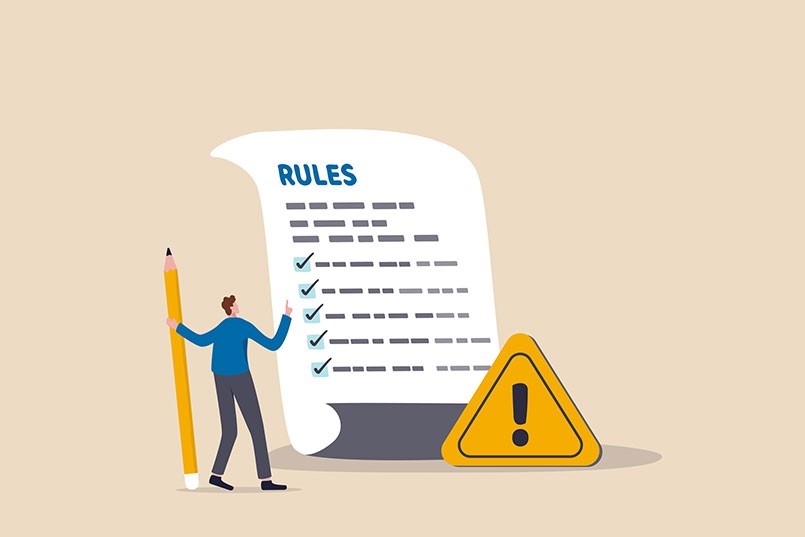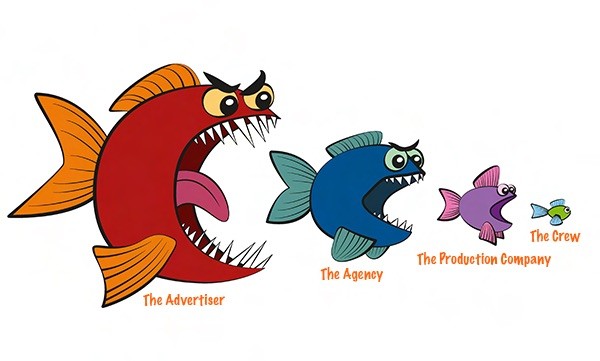Some advertisers use concept testing as a way to check a creative concept against the target audience. But the concept testing process can be time consuming and costly. Of course, testing is not as costly as the money wasted making and broadcasting a concept that fails.
But the problem is that often the production process and cost is not considered during this phase of the process. Many feel it is too early to consider price, when the first step is to find the ‘right’ idea. But this lack of production diligence both on the marketer and agency side can lead to additional avoidable costs and complications.
Here are three examples where concept testing got in the way of cost effective television production.
Scenario 1 – Testing what you cannot afford
The first was for a car manufacturer (when Australia still had them).
The agency sent out animatics for testing. All the animatics had the same music track a well known and contemporary popular piece to be used as the agency put it “just to beef up the animatic and give an indication of what the music might be like”.
Of course the test groups loved the music and made comment on it. The test came back saying that that particular piece of music was a must for the TVC.
Unfortunately the agency had used the piece as a music style indicator and had not allowed enough in the budget they had already indicated to the client. The client decided the test music was a must. The agency then found out the cost for the music. It was well over $2,000,000 to license for a year. This was more than the client could afford without leaving a huge hole in the media budget.
Instead, the agency suggested a similar track be composed. The problem was that to not breach copyright it did not sound enough like the original. In the end the client was disappointed, especially when tracking studies showed the ad didn’t get the traction expected.
Lesson 1: Never ever use music in concept testing that you have not cleared as available and that you cannot afford.
Scenario 2 – Providing too much choice can backfire
Recently an agency submitted several animatics for link testing, Each concept had different production budgets but all for the same brief. The research is to determine which of the three concepts would be the most effective.
The danger is that by having multiple options to compare with each other, instead of assessing the effectiveness of each concept, it often becomes which is the best idea of the ones presented.
Have you ever noticed that when you enter a shoe store, home wares store or jewelry store you almost always gravitate to the most expensive item in the store, well the same is true of concept test participants. The more color and movement the more they like it. This is something that the producers in Bollywood understand very well.
Now of course this is the way to go if you can afford it, but if you cannot then I suggest you do not even put it into test, always work with what you can afford and no matter how much the agency encourages you with ‘just see what happens”.
Lesson 2: Always only test what can be produced for the budget you have, because bigger is not always better.
Scenario 3 – When the cost of testing becomes too high
A Consumer Goods client had approved a concept, but it was company policy to undertake concept testing before the production could proceed. The marketer and the agency felt this was the best possible concept, but the danger was that the concept testing could ‘kill’ the idea.
The agency went to work preparing an animatic for testing with the works. More than 30 frames with animations were commissioned. The audio track included music, actors voice over and sound effects. The animatic took more than two weeks to produce.
The concept failed in research. Changes were made to the animatic and the concept testing undertaken again. This continued with two additional rounds of research until the concept was green lit for production. It was also eight weeks into the production timeline and almost $200,000 in production costs for the animatic.
With now less than six weeks to on-air, the agency’s preferred directors were unavailable. The agency had to engage a second-tier director, who was well out of their comfort zone. Plus the production was rushed and was more than 40% over budget.
The final result was a production that was a disappointment to the marketer and the agency.
Lesson 3: Make sure the cost of testing in money and time does not impact the final result
To test or not to test?
We understand why marketers would want to undertake some type of testing before they commit to investing significant amounts of money in production and media. But the point we are making is that when undertaking any type of research or validation, it is important to understand all the cost and time implications.
These are three examples that demonstrate some of the issues. There are more.




